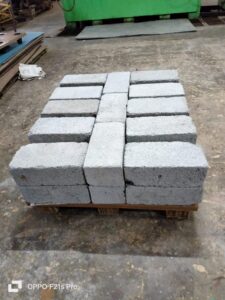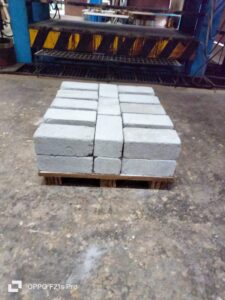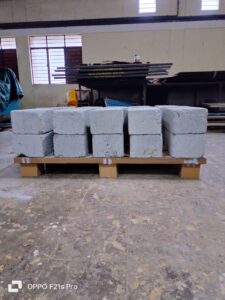1. Introduction
Bamboo toys and educational kits are becoming increasingly popular due to their eco-friendly nature, durability, and safety for children. This project focuses on setting up a production facility for manufacturing high-quality bamboo toys and educational kits catering to schools, parents, and the global toy market.
2. Market Analysis
2.1 Industry Overview
The global sustainable toy market is growing at a CAGR of 7-9%. Bamboo toys are gaining traction as parents seek non-toxic and biodegradable alternatives to plastic toys.
2.2 Target Market
Parents looking for safe and sustainable toys
Educational institutions and Montessori schools
Export markets focusing on eco-friendly products
Retailers and online marketplaces
2.3 Competitive Advantage
Sustainable and biodegradable materials
Non-toxic and safe for children
Increasing demand for STEM-based educational kits
3. Project Cost and Investment
3.1 Fixed Capital Investment
| Item | Cost (INR) |
|---|---|
| Land & Building (Rent) | |
| Machinery & Equipment | |
| Furniture & Fixtures | |
| Initial Raw Materials | |
| Miscellaneous Expenses | |
| Total Fixed Capital |
3.2 Working Capital (3 Months)
| Item | Cost (INR) |
|---|---|
| Raw Materials | |
| Labor Wages | |
| Utility Bills | |
| Marketing & Promotions | |
| Miscellaneous | |
| Total Working Capital |
3.3 Total Investment Requirement
Fixed Capital + Working Capital =
4. Production Process
Sourcing Bamboo – Procuring high-quality bamboo from sustainable sources.
Cutting & Shaping – Crafting bamboo into toy components using precision machinery.
Sanding & Finishing – Ensuring smooth and child-safe surfaces.
Painting & Assembly – Using non-toxic, child-safe paints and assembling parts.
Quality Control – Testing durability, safety, and compliance with toy safety standards.
Packaging & Distribution – Eco-friendly packaging and shipment to customers and retailers.
5. Revenue Model & Profitability
5.1 Expected Sales & Pricing
| Product | Selling Price/Unit (INR) | Monthly Production | Monthly Revenue (INR) |
|---|---|---|---|
| Bamboo Educational Kits | |||
| Bamboo Toys (Small) | |||
| Bamboo Toys (Large) | |||
| Total Monthly Revenue |
5.2 Monthly Expenses
| Expense | Cost (INR) |
|---|---|
| Raw Materials | |
| Labor Wages | |
| Utility Bills | |
| Marketing & Promotions | |
| Maintenance | |
| Miscellaneous | |
| Total Monthly Expenses |
5.3 Monthly Profit Calculation
Revenue – Expenses =
5.4 Annual Profitability
6. Break-Even Analysis
Break-even Point (BEP) = Fixed Costs / Contribution Margin
Fixed Costs =
Contribution Margin = Selling Price – Variable Cost per unit
Assuming an average contribution margin of 50%: BEP =
7. Funding Options
Government Schemes (MSME loans, Startup India benefits)
Bank Loans & Credit Facilities
Angel Investors & Venture Capital
8. Sustainability & Future Growth
Expansion into personalized and interactive toy segments
Collaboration with schools for STEM-based learning kits
Export potential to high-demand eco-friendly markets






